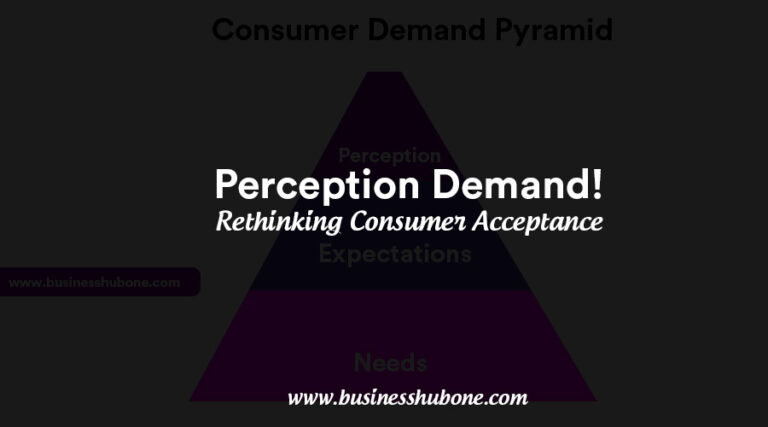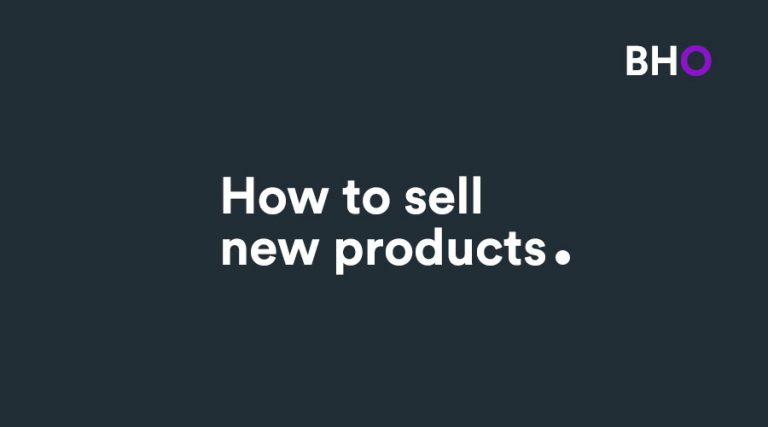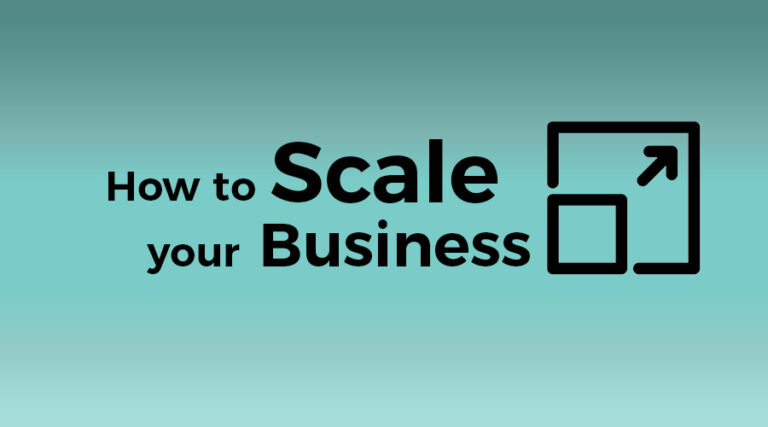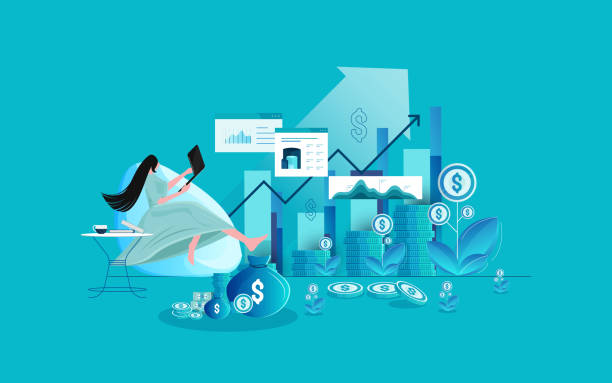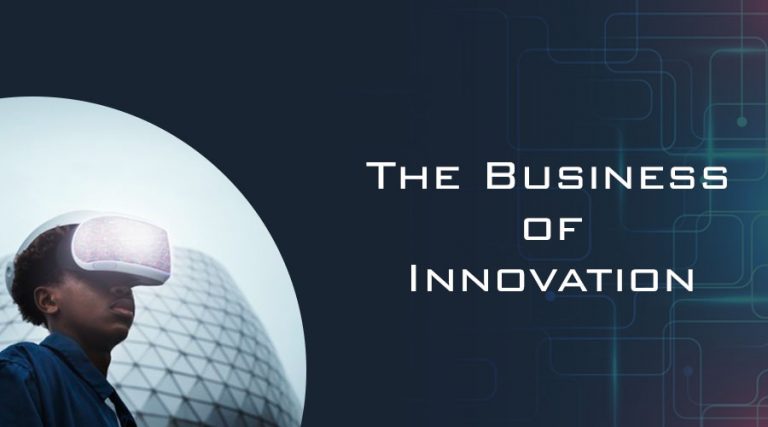Data Personalization – The Secret Sauce to Building a 5-Star Business

Table of Contents
Introduction
In the hyper-competitive business environment of today, data is no longer just a byproduct of business operations—it has become the lifeblood of customer-centric strategies. The ability to collect, analyze, and act upon customer data is shaping the future of business, transforming how organizations interact with their customers. Businesses today are using data analytics to enhance personalization, improve customer experience, and drive growth.
What is data personalization?
Data personalization is a marketing strategy that relies on using relevant information in order to deliver personalized services to individual customers. It is dependent on various data sources like; demographics (age, gender, location), purchase history, browsing behavior, social media interactions (likes, comments, shares), etc.
Data personalization is about tailoring customer experiences to meet individual preferences. It goes beyond just addressing customers by name in an email—personalization now involves recommending products or services that align with the customer’s interests, predicting their future needs, and ensuring a seamless experience across all touchpoints. A report by McKinsey shows that companies that excel at personalization can generate 40% more revenue from these initiatives than their counterparts .

The Role of Customer Data Analytics in Personalization
Customer data analytics involves collecting, organizing, and analyzing vast amounts of customer information from multiple touchpoints to uncover patterns and insights. This includes both first-party data (information collected directly from customers) and third-party data (collected by external sources like market research firms, website interactions, social media and offline transactions as well). By analyzing this data, businesses can derive actionable insights about customer preferences, behavior, purchasing patterns, and pain points and therefore streamline their services to enhance customer satisfaction and loyalty.
Why does Data Personalization Matter?
1. Enhanced Customer Experience:

Personalization allows businesses to offer unique experiences, making customers feel valued. For example, e-commerce platforms like Amazon and streaming services like Netflix use algorithms to recommend products or content based on past interactions. These hyper-targeted recommendations improve user satisfaction, increasing engagement and retention rates.
2. Increased Customer Retention:
Data personalization builds long-term relationships. By analyzing past interactions, businesses can offer timely incentives and services that meet customer needs, reducing churn. Salesforce’s State of the Connected Customer report notes that 76% of consumers expect companies to understand their expectations .
3. Increased Customer Loyalty:

When customers feel that businesses understand and cater to their specific needs, they are more likely to remain loyal. A survey by Accenture in 2022 named the “Personality Pulse Check” found that 91% of consumers are more likely to shop with brands that provide personalized offers and recommendations . This can translate into repeat business and long-term customer loyalty.
4. Higher Conversion Rates:

Personalization drives conversion. HubSpot reports that personalized calls-to-action perform 202% better than generic ones. By analyzing customer behavior and preferences, businesses can craft highly targeted campaigns that resonate more deeply with individual consumers, resulting in higher conversion rates .
Tools and Technologies used to implement Data Personalization.
Businesses are leveraging advanced technologies to enhance data analytics capabilities, helping them to personalize at scale. These tools include:
1. Artificial Intelligence (AI) and Machine Learning (ML):
AI and ML algorithms can process vast amounts of data and identify patterns that are impossible for humans to detect. AI-powered recommendation engines like those used by Spotify and Amazon, analyze user behavior to provide personalized suggestions in real-time. AI also enables predictive analytics, where businesses can anticipate customer needs before they arise.
2. Customer Relationship Management (CRM) Systems:

CRMs like Salesforce and HubSpot help businesses manage customer interactions and data. By integrating CRM systems with analytics tools, businesses can track customer journeys, monitor interactions across touchpoints, and develop personalized marketing strategies.
3. Data Management Platforms (DMPs):
DMPs collect and analyze customer data from various sources to create unified customer profiles. This allows businesses to segment their customers into groups based on demographics, behaviors, and preferences. Adobe Audience Manager and Oracle’s BlueKai are examples of leading DMPs that help businesses personalize their messaging.
4. Marketing Automation Tools:
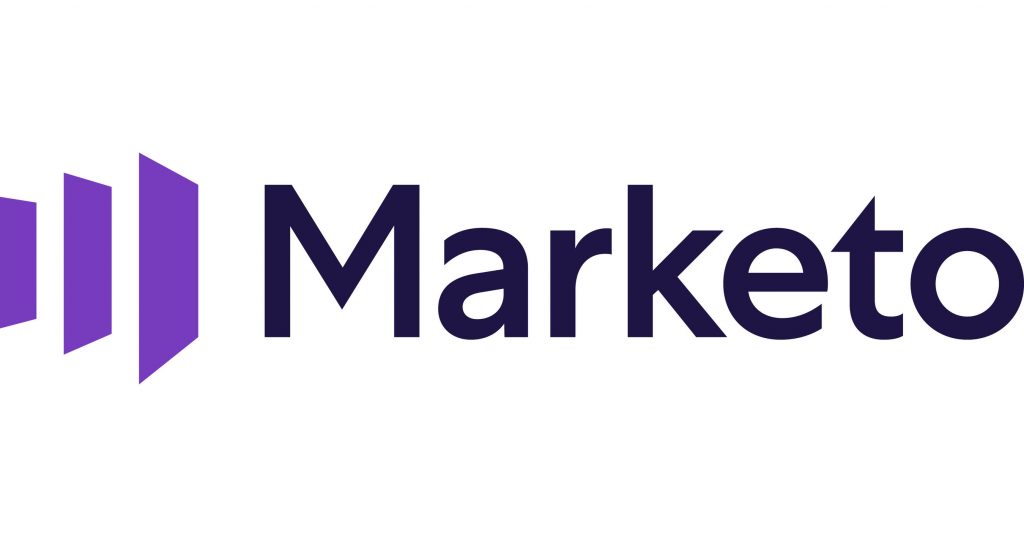
Tools like Marketo and Mailchimp automate personalized email marketing campaigns, enabling businesses to send the right message at the right time. With AI-powered analytics, these platforms can optimize messaging and timing based on customer data.
5. Predictive Analytics:
Predictive analytics uses historical data to forecast future behavior. By applying algorithms and statistical models, businesses can predict customer actions, such as churn or future purchases, allowing them to act proactively.
Use Cases: Personalization Across Industries
1. Retail and E-Commerce:
Retailers like Sephora use data analytics to personalize both online and in-store experiences. Their app tracks user interactions and offers tailored product recommendations based on previous purchases. Personalized marketing emails, SMS messages, and offers improve customer engagement and boost sales.
2. Finance:
Banks and financial institutions are leveraging customer data to personalize financial advice, product offerings, and communication. Citi bank uses machine learning to analyze transaction histories and recommend financial products that suit individual customers’ needs. Tailored credit card promotions and personalized loan offers are becoming increasingly common in the financial services industry.
3. Healthcare:
Healthcare providers are using data analytics to offer personalized treatment plans. For example; IBM Watson Health, Arcadia, etc. uses AI to analyze patient data and recommend personalized treatment protocols, leading to better health outcomes. By tailoring healthcare to individual patients, providers can improve patient satisfaction and loyalty.
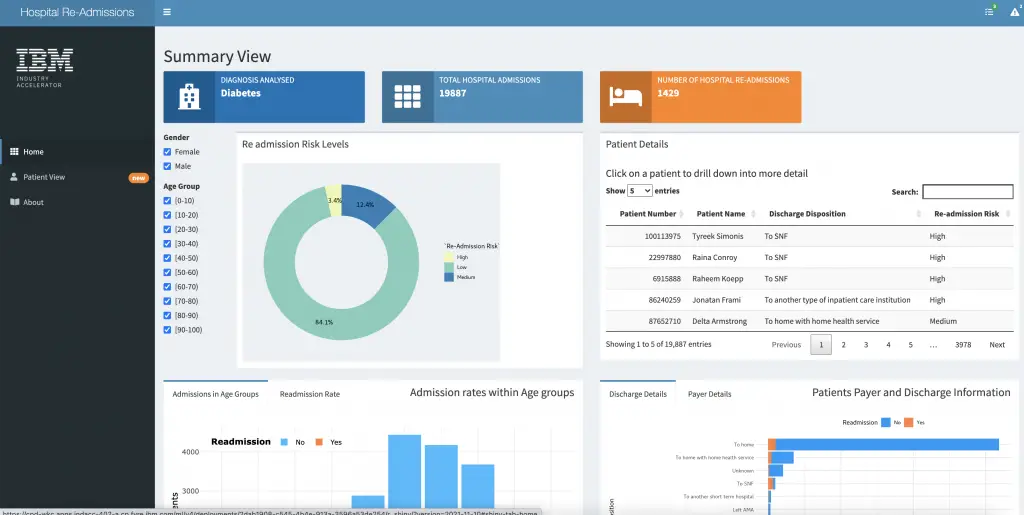
Challenges in Implementing Data Personalization
Despite the clear benefits, businesses face several challenges in their personalization efforts. These include:
1. Data Privacy Concerns:
With increasing scrutiny on data privacy, businesses must be careful when collecting and using customer data. Regulations such as the General Data Protection Regulation (GDPR) and the California Consumer Privacy Act (CCPA) require businesses to obtain consent before using customer data. A study by PWC conducted in 2020 found that 85% of consumers want more control over their data , making transparency crucial.
2. Data Silos:
Many organizations struggle with data being scattered across multiple platforms and departments. This fragmentation can lead to incomplete or inaccurate customer profiles, hampering personalization efforts. Businesses must invest in systems that allow seamless integration of data across departments.
3. Managing Data Quality:
Poor data quality can lead to flawed insights and ineffective personalization strategies. According to Gartner, poor data quality costs businesses an average of $15 million annually . Investing in data cleaning and verification processes is essential to ensure that personalization efforts are based on accurate data.
Future Trends in Data-Driven Personalization.
1. Hyper-Personalization:
As AI and analytics tools become more sophisticated, hyper-personalization, which takes into account real-time data, will become more prevalent. This will allow businesses to offer highly targeted experiences based on the most up-to-date information.
2. Omnichannel Personalization:
Businesses will increasingly adopt omnichannel strategies that provide personalized experiences across multiple touchpoints. Whether a customer interacts with a brand via social media, email, or in-store, they will receive a consistent and personalized experience.
3. Ethical AI in Personalization:
As AI plays a larger role in personalization, businesses will need to ensure their algorithms are ethical and unbiased. Ethical AI frameworks will help companies personalize in a way that respects customer privacy and prevents discrimination.
Summary Table: Key Data Personalization Tools and Features
| Tool | Key feature | Use case | Examples |
| AI & Machine Learning | Predictive analytics and real-time recommendations | E-commerce personalization | Amazon, Netflix |
| CRM Systems | Customer journey tracking | Unified customer profiles | Salesforce, HubSpot |
| Data Management Platforms (DMPs) | Customer segmentation based on behavioral data | Targeted advertising | Adobe Audience Manager |
| Marketing Automation Tools | Automated email and campaign personalization | Personalized marketing communication | Marketo, Mailchimp |
In 2024 and beyond, businesses that leverage data analytics to offer personalized customer experiences will have a significant competitive advantage. By investing in AI, CRM systems, and data platforms, companies can transform raw customer data into actionable insights that drive revenue growth and foster customer loyalty.
Data Personalization is no longer a luxury—it’s a necessity for businesses looking to succeed in the data-driven world of today.
References:
- What is data personalization? | McKinsey
- How To Create A Business Case For Data Quality Improvement– Gartner
- Data Cleansing: Combating the (Real) Cost of Bad Data– Habile Data
- Four steps to gaining consumer trust in your tech: PwC
- Operational stack III: The best marketing tech stacks for your business.– Business Hub One
- The best CRM: Comparing HubSpot and Zoho CRM – Business Hub One
- 15 Call-to-Action Statistics You Need to Know About to Increase Your Conversion Rate


